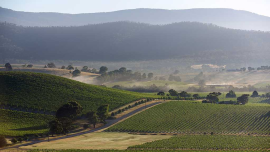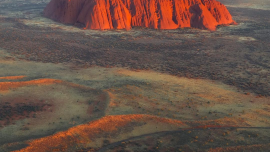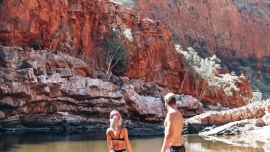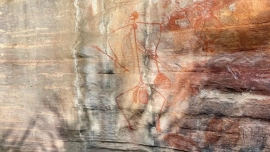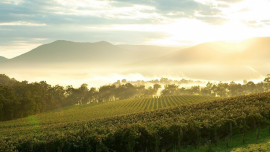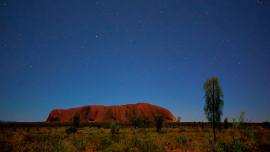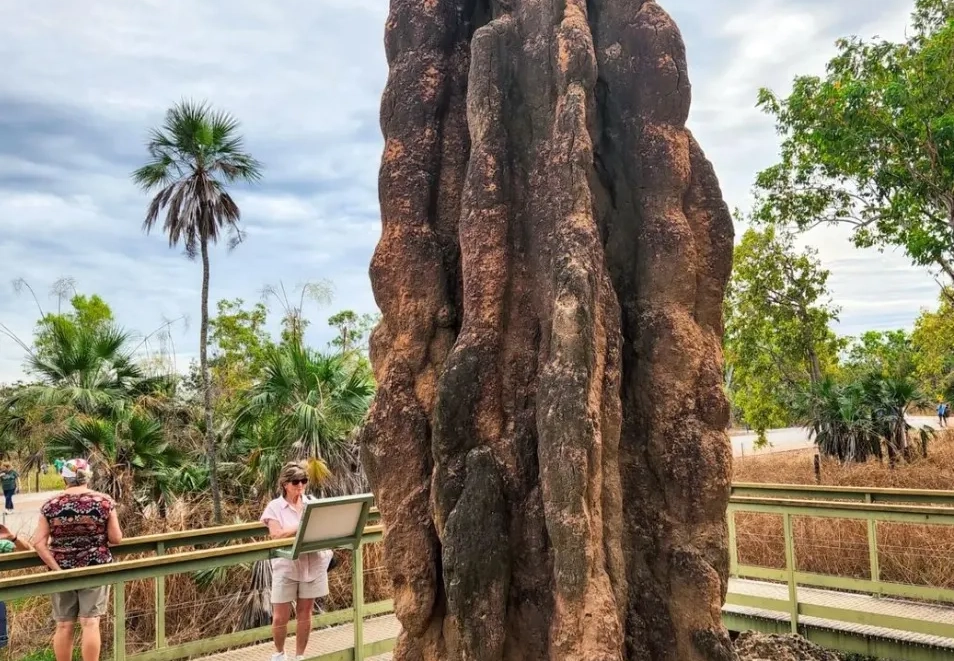
Exploring the Magnetic Termite Mounds of Litchfield National Park
In the Northern Territory of Australia, Litchfield National Park is waiting to be explored. Among many wonders are the amazing Magnetic Termite Mounds along Litchfield Park Road – a natural wonder created by one of the most incredible creatures on earth. Standing tall across a flat plain, these termite mounds built by grass eating termites are like nothing else in the world.
But that’s not all Litchfield has to offer. This article will take you on a deep dive into Litchfield National Park, from the fields of termite mounds to the waterfalls like Florence Falls and Tolmer Falls. Whether you’re planning a Litchfield National Park tour, a day trip from Darwin City, or a multi-day adventure, Litchfield’s diversity and landscapes will blow your mind. Litchfield National Park is a must-see destination in the Northern Territory, offering stunning waterfalls, remarkable wildlife, and the iconic Magnetic Termite Mounds.
Magnetic Termite Mounds
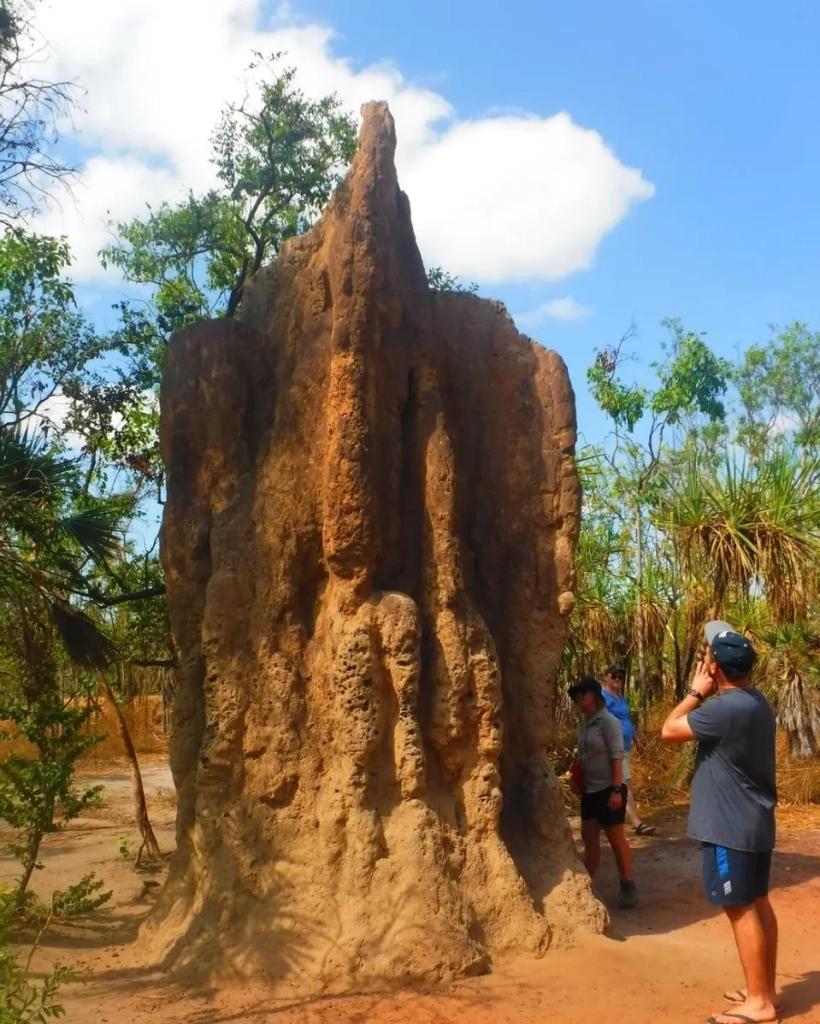
The Magnetic Termite Mounds are not named for any magnetic properties but because they are aligned north-south. This alignment reduces solar absorption and keeps the internal temperature of the mounds stable in the hot Australian sun. These architectural wonders stand up to 4 meters (13 feet) tall and are made from a mix of grass stalks, soil, termite saliva and dung.
These incredible creatures, Amitermes meridionalis, build their homes with an internal system of chambers that regulate the environment for the individual termites inside. The outer chambers act as insulation, keeping the temperature regulated, while deep inside, the queen, termite, and her soldiers reside, running the colony.
Along with the Magnetic Termite Mounds you’ll also find the cathedral termite mounds built by different termite species in the park. These mounds are taller and broader and are homes to different types of termites, another natural wonder.
Accessible Boardwalks and Viewing Points
One of the best things about Litchfield National Park is that it’s accessible to everyone. The park has built accessible boardwalks so you can get up close to these amazing structures without disturbing the environment. These boardwalks lead to viewing platforms where you can see the fields of termite mounds and learn more about these gentle creatures through signs.
And then there’s more. The mounds are just the start. Along Litchfield Park Road, you’ll find more of the park’s best natural wonders – waterfalls and swimming holes.
Beyond the Termite Mounds: Waterfalls and Scenic Wonders
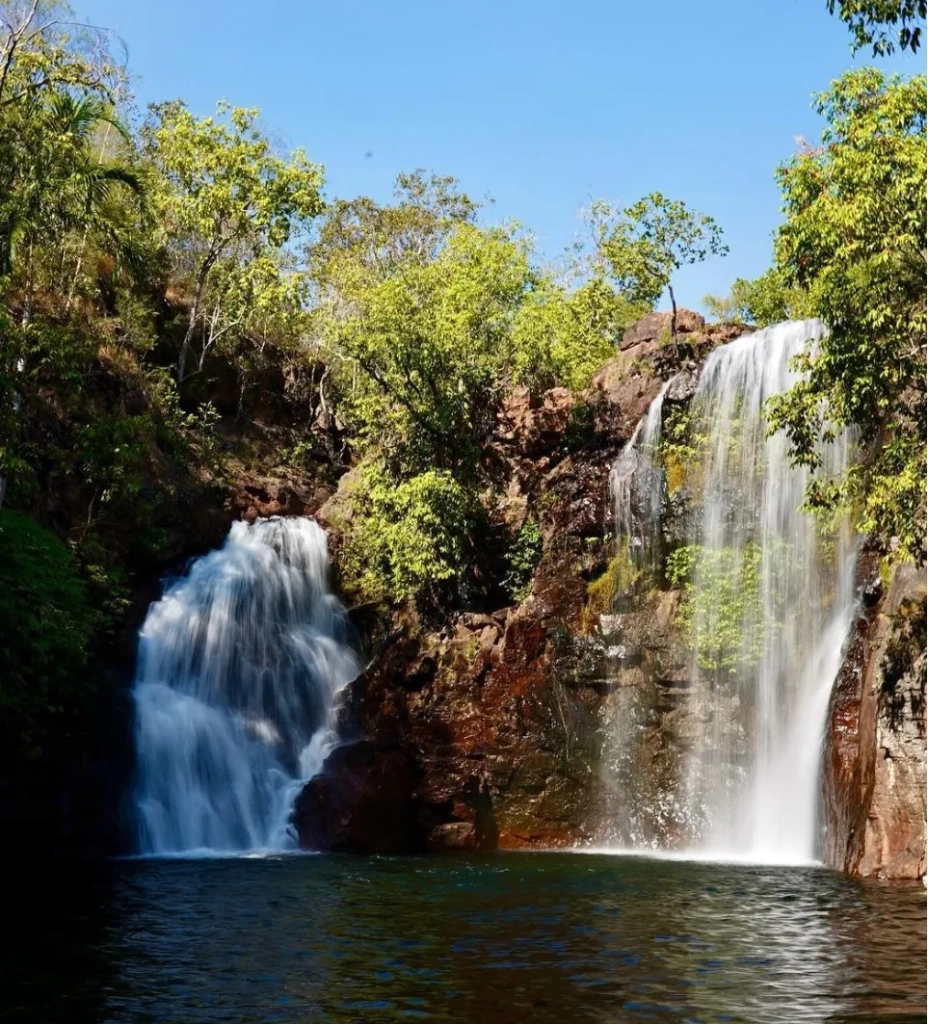
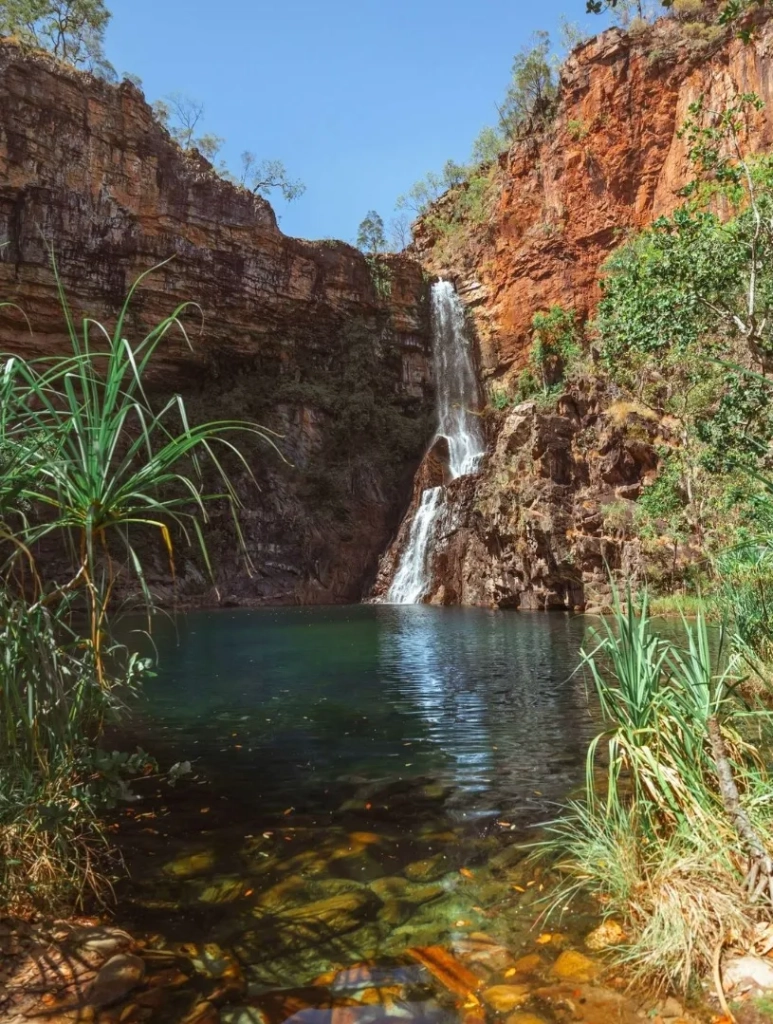
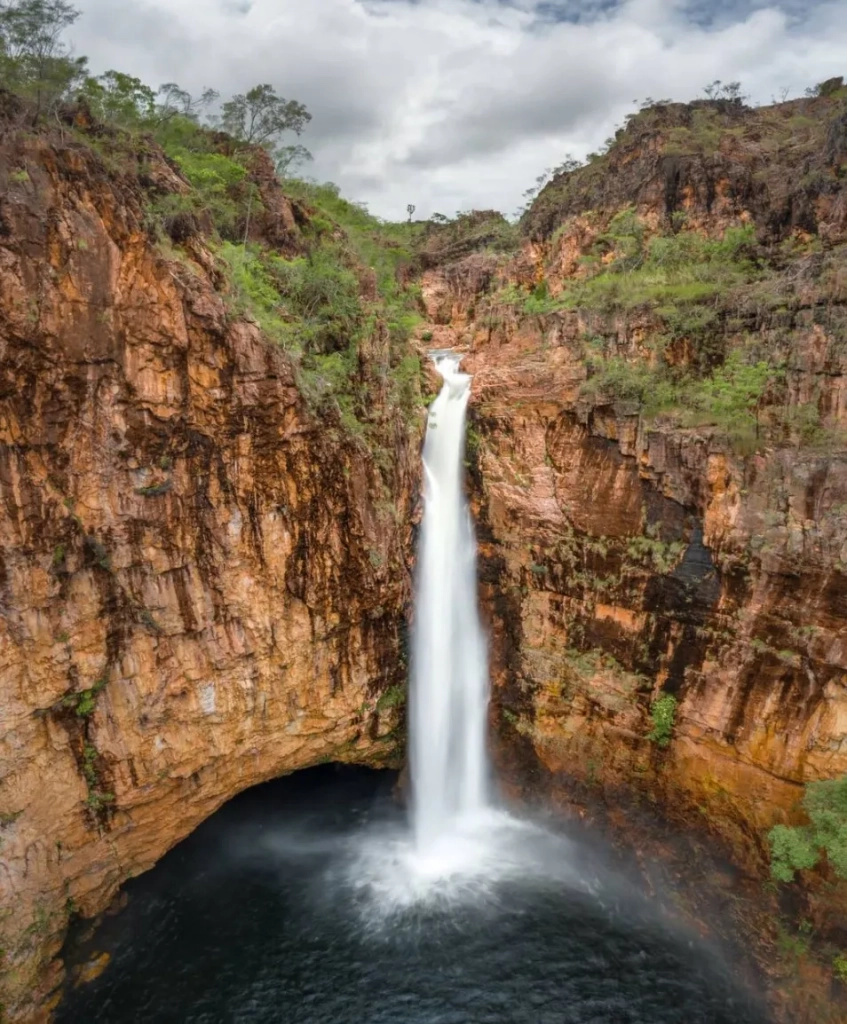
After you’ve seen the incredible creatures that build the termite mounds, head to some of Litchfield National Park’s other natural wonders. One of the top spots is Florence Falls, a double waterfall into a beautiful pool. It’s one of the most popular swimming spots in the park during the dry season when the weather is perfect for a dip in the clear swimming holes.
Another must see is Tolmer Falls. This beautiful waterfall cascades over two escarpments into a deep blue pool. Swimming is not permitted at Tolmer Falls but the lookout provides stunning views of the savannah woodland and ancient landscape. Perfect for photography or just to sit and soak up the peace.
If you want more adventure head to Sandy Creek or Tjaynera Falls. These more remote spots are beautiful and quiet where you can enjoy the park without the crowds that are at Florence Falls. Like Tolmer Falls they are surrounded by vegetation and showcase the unspoiled Australia wilderness.
Plan Your Visit: Timing and Seasons
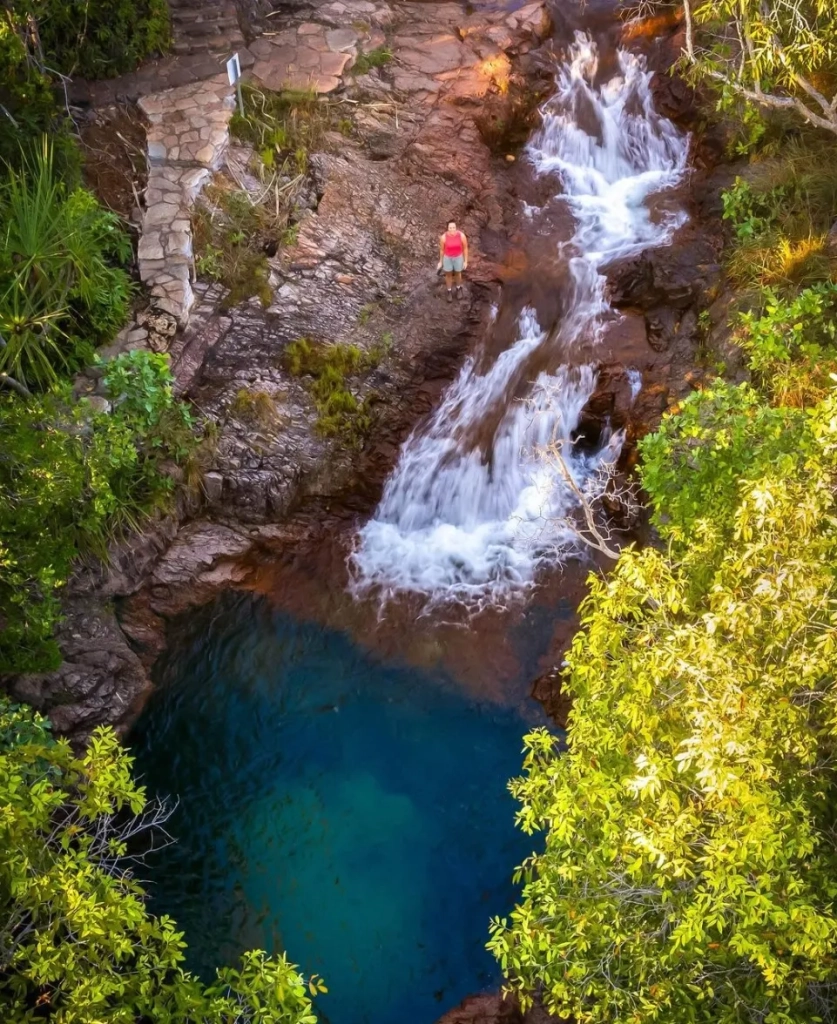
Planning your visit to Litchfield National Park is important as the dry season (May to October) and wet season (November to April) can make a big difference to what you can see and do. The dry season is the peak tourist season with perfect conditions to see all the parks attractions. The weather is cooler, the roads are open and most swimming spots like the pool at Florence Falls are accessible.
The wet season brings heavy rain and flooding to the park’s roads and some areas are closed due to safety reasons. Some attractions close but the waterfalls like Tolmer Falls and Tjaynera Falls are at their best during this time with roaring cascades from the rain.
Regardless of the season, make sure to check the closing times and forecast temperatures so you can make a comfortable and safe trip. The afternoon sun can be intense, especially in the Australian sun, so start your day early.
More in Litchfield National Park
Beyond the termite mounds and waterfalls, Litchfield National Park has so much more to offer. For history buffs, the Bamboo Creek Tin Mine is worth a visit to see the park’s industrial past. You can also walk the Greenant Creek trail to another waterfall, Tjaynera Falls, for a more secluded experience.
Litchfield is often paired with a visit to Kakadu National Park, another UNESCO World Heritage site just north of Litchfield. If you’re in the Northern Territory, consider a Kakadu & Litchfield National Park trip to see both of these icons. You can also stop into Batchelor, Northern Territory, the small town on the eastern edge of the park, for supplies or to visit the Art Gallery of the Northern Territory.
With termite mounds, waterfalls and biodiversity, Litchfield National Park is one of Australia’s most amazing places. Whether you’re walking along the boardwalk to the termite mounds or swimming in the crystal clear swimming holes beneath Florence Falls, this park is an experience not to be missed. Add it to your Kakadu day trip from Darwin when you visit the Northern Territory!
FAQ
How are the Magnetic Termite Mounds aligned?
They’re aligned north-south to reduce solar absorption and maintain a stable temperature inside to keep the termites alive in the NT heat.
What other termite mounds can I see?
Apart from the Magnetic Termite Mounds, the park has cathedral termite mounds which are bigger and built by different termite species.
Can I visit Litchfield National Park in the wet season?
Yes, but some areas may be closed due to heavy rain. Many of the park’s waterfalls, like Tolmer Falls, are more spectacular in the wet season but check road conditions and visitor centre before you go.
How far is Litchfield National Park from Darwin?
Litchfield National Park is 1.5 hours from Darwin City so it’s a great day trip option if you’re staying at the Darwin Waterfront Precinct or on a Darwin Cruise.
What wildlife will I see?
Apart from termites, you’ll see birds, reptiles and sometimes even saltwater crocodiles if you take a Crocodile Cruise – Day Trip.
